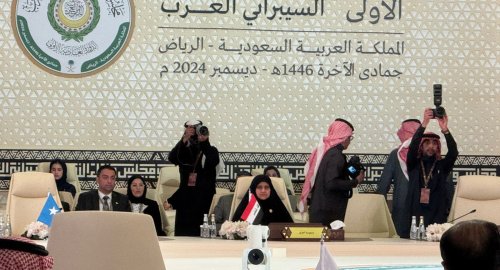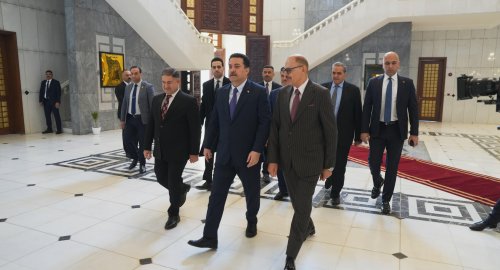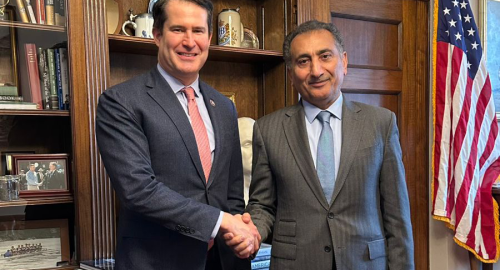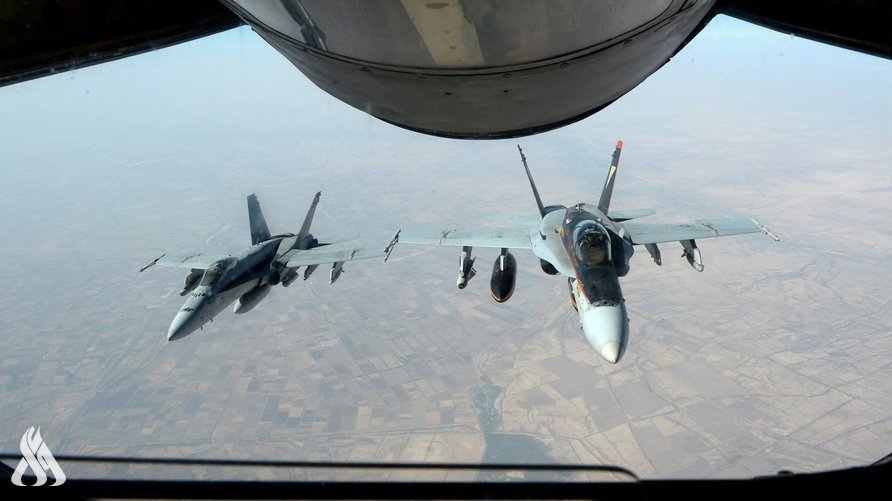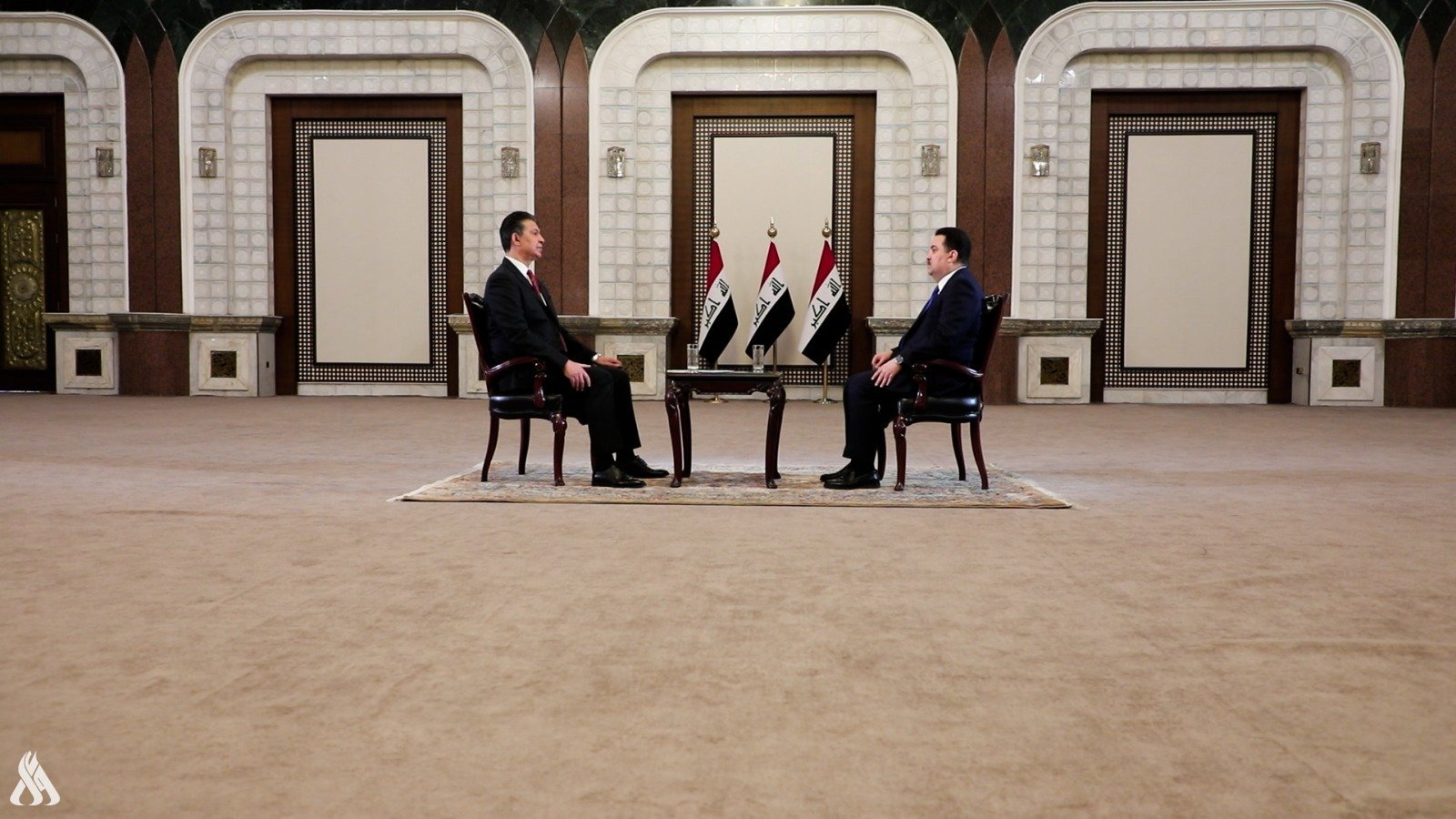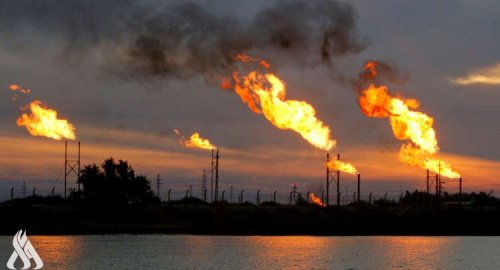
Maysan clarifies the volume of its oil production and reveals plans to invest in gas

- 10-06-2022, 21:44
Baghdad-INA
Maysan Oil Company, today, Friday, counted the number of oil-producing fields in the province, the volume of production and daily exports, and while revealing plans for gas production, it confirmed that the Halfaya field will support electricity with 300 million cubic feet of gas per day.
The Director General of the Maysan Oil Company, Ali Jassim Hammoud, told the Iraqi News Agency (INA), that "the number of oil fields in Maysan Governorate is 12, 6 of which are crude oil producers: Halfaya, Bazarkan, Fakka, Abu Gharb, Nour, and Amara, and there are undeveloped fields." Such as Al-Hawizeh, Al-Rifai, Kumait, Ali Al-Gharbi, and Al-Dujaila, in addition to the presence of newly discovered structures, most notably (Dima installation), in which the first exploratory well was drilled by the joint national effort in 2012 with the aim of evaluating the hydrocarbon assemblies in the geological structures.
Daily production and oil exports
He added, "The total exports of crude oil revenues include two parts, the first of which includes the production of the Maysan fields (Bazarkan, Fakka, and Abu Gharb), whose rehabilitation and development operations were referred to a coalition of the Chinese companies Cinoc and Tibao of Turkey, led by Cinoc, where their production is currently up to 238,000 barrels. There are plans to raise production to 300,000 barrels per day during the coming period,” he added, adding that “the second part relates to the production of Halfaya oil field, which is being developed by the Chinese National Oil Company (Petrogaina), where production is currently 340,000 barrels per day.”
He pointed out, "The total production of the Maysan Oil Company is 570,000 barrels per day," noting that "the company has reduced production in line with the decisions of the Ministry of Oil and the Iraqi National Oil Company, as we are one of the extractive companies affiliated with its structure," explaining that "the decision to reduce came in line with Our commitments to the decisions to reduce production approved by the Organization of Petroleum Exporting Countries (OPEC).
Minister of Higher Education arrives in Anbar
- Local
- 11:01
US Central Command: We killed ISIS terrorist leader Abu Yusuf in Syria
- International
- 24/12/20
Liverpool compete with Real Madrid to sign Olympique Lyonnais star
- Security
- 24/12/19
ISC, ADX discuss Strengthening Economic Ties
- Economy
- 24/12/16
Iraq assumes presidency of Arab Investment Company’s Executive Board
- Economy
- 24/12/17




